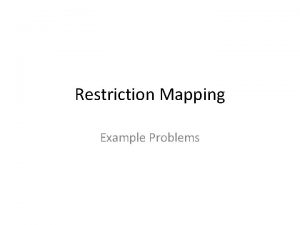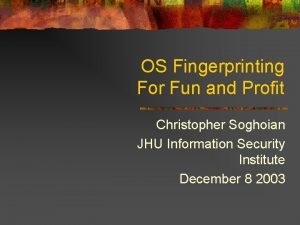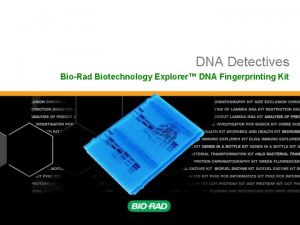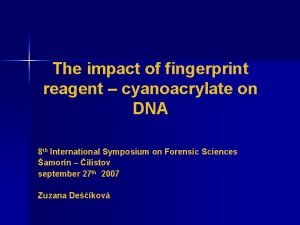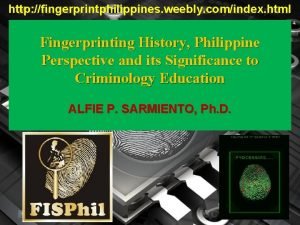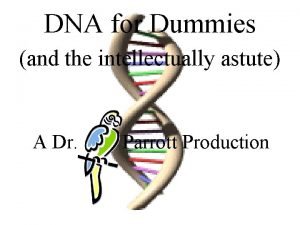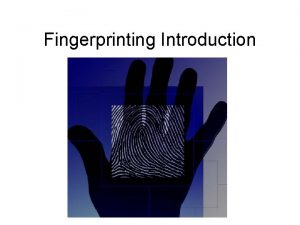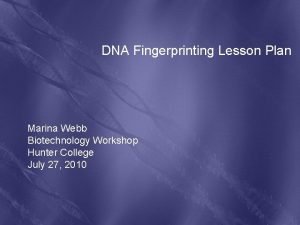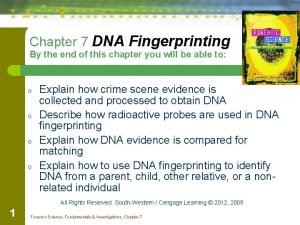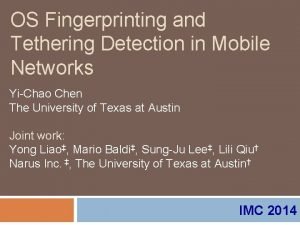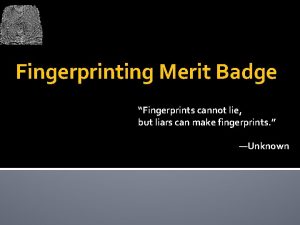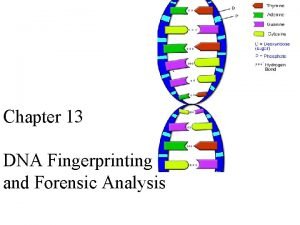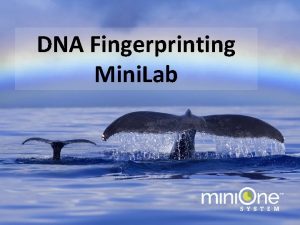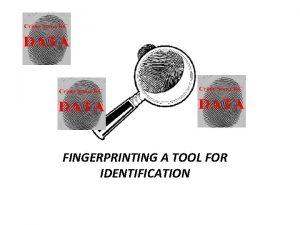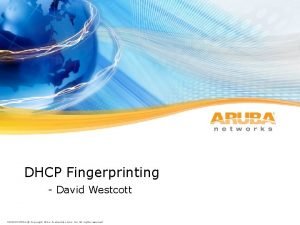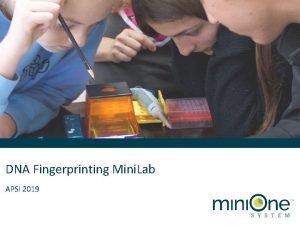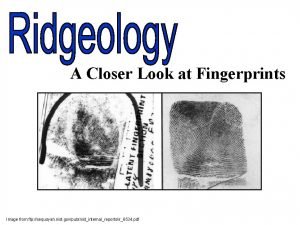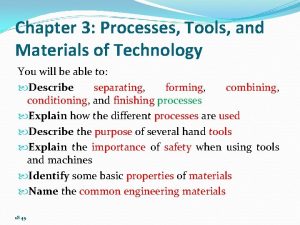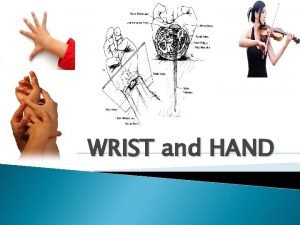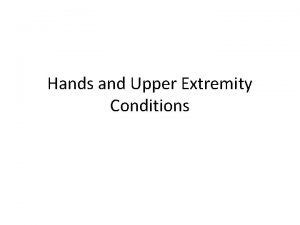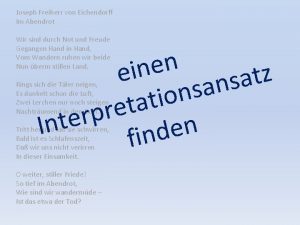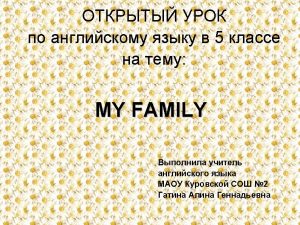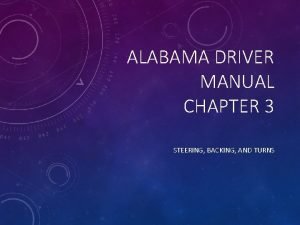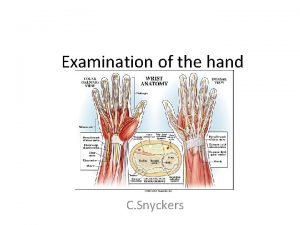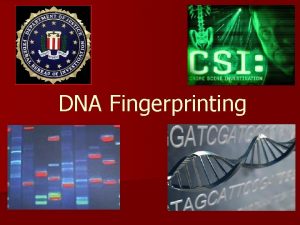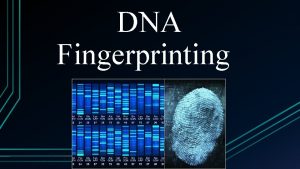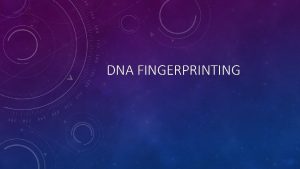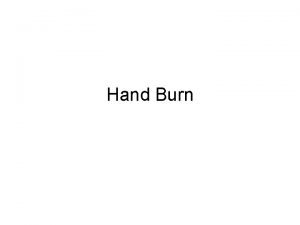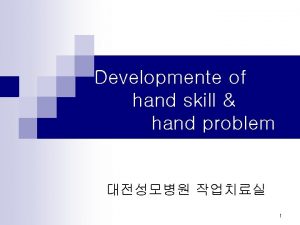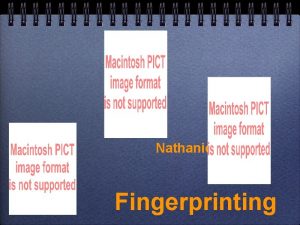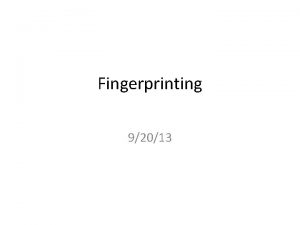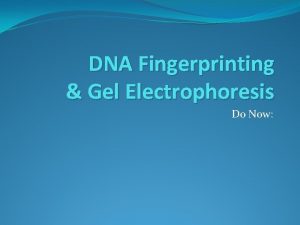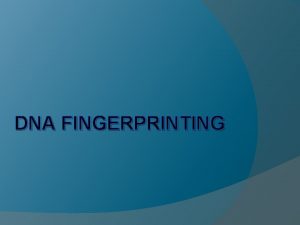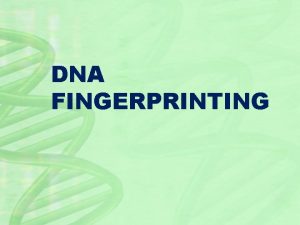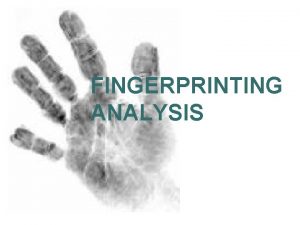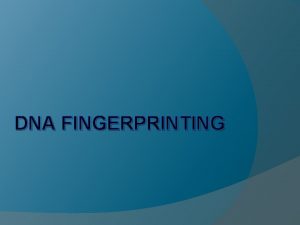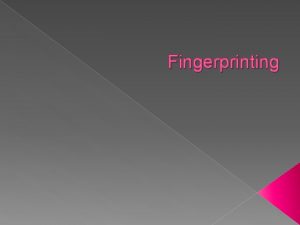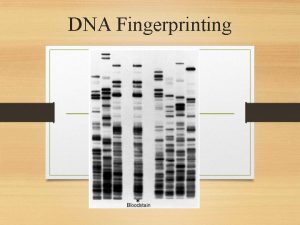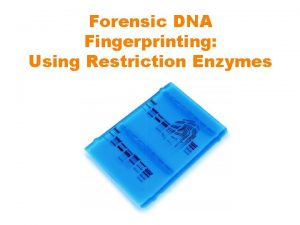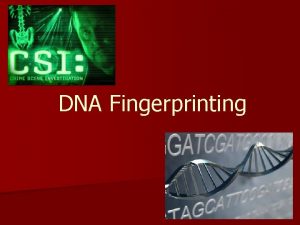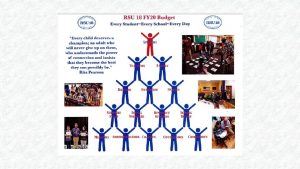Fingerprinting He sealeth up the hand of every

























































- Slides: 57

Fingerprinting “He sealeth up the hand of every man that all men may know his work” The Book of Job

Fingerprinting - History • Chinese – used fingerprints to sign legal documents 3000 years ago • Until 1860 – Japanese also used fingerprints to mark documents as well as doors of homes • Nova Scotia – drawing of hand with ridges on fingers indicates knowledge of prints by N. A. Natives before Europeans arrived

Fingerprinting - History • Bertillon – Anthropometry – developed in 1883 - used measurements of criminals to identify them (height, reach, width of skull, length of left foot). • In 1860 – William James Herschel – a Brit working in India, became convinced of the uniqueness of fingerprints and their usefulness in preventing forgery of government documents

Fingerprinting - History • In Tokyo, meanwhile, another Brit, Dr. Henry Faulds developed methods for dusting to reveal hidden prints and used it to identify a burglar. • Faulds wrote an article in Nature – and when Herschel read it a dispute arose as to the discoverer of fingerprinting

Fingerprinting - History • Still, fingerprinting was not well accepted by police for many years • In 1903 fingerprinting became accepted when two men with the same name (Will West) turned up at the same prison with identical features and measurements. Only fingerprints could differentiate them.


Fingerprinting - History • Francis Galton – read Fauld’s article and developed a classification system • Loops, arches and whorls – still the basis for systems used today- Dactylography • He demonstrated that fingerprints are unchangeable and unique • In 1924, the FBI took over from criminals working at Leavenworth Prison in U. S. to develop the largest fingerprint data base

Battley Microscope for Analyzing Fingerprints

Principles of Fingerprinting 1. No two prints have ever been found to be identical - one calculation determined that there are 64 billion different fingerprint possibilities – even identical twins have different fingerprints - possibilities are determined by ridge characteristics or minutiae -vast majority of prints found at crime scenes are partial - some sources consider a match when 8 – 16 individual characteristics are identical

Preparation for Courtroom Presentation of Fingerprint Evidence

Another Way to Present Fingerprint Evidence in Court

Principles of Fingerprinting 2. Fingerprints remain unchanged during an individual’s lifetime. -ridges are formed during fetal development and grow, but do not change in character - wounding may cause scarring, but basic pattern will return upon healing

Skin • Consists of 2 basic layers – dermis (cell generating layer) and epidermis (protective layer of mostly dead cells) • Shape of the boundary between the epidermis and dermis (dermal papillae) determines the ridge formation at the surface of the skin




Skin • Each ridge has a single row of pores opening to sweat glands • Oils (from glands on other body areas) and perspiration unite to leave latent (invisible) prints • Damage to dermal papillae will cause scarring (must be 1 – 2 mm deep), but these scars may provide a new basis for identification • John Dillinger – gangster – used acid to remove prints – did not work




Principles of Fingerprinting 3. Fingerprints have general ridge patterns that can be classified. -in the general population: 65% have loops in prints 30 – 35% have whorls only 5% have arches



Loops • Must have one or more ridges entering from one side recurving and exiting from the same side • If loop opens toward the thumb – radial loop • If loop opens toward the little finger – ulnar loop • The area surrounding the loop with diverging ridges is the type lines • All loops must have one delta – a ridge line where loop and surrounding diverge • The core is the center of the pattern

Whorls • Types include plain, central pocket loop, double loop and accidental • All whorls must have type lines and two deltas • Accidental is two or more patterns or is a pattern not covered by other categories

Arches • Types: plain and tented • Ridges rise in center and leave at other side of finger • Tented – have sharp upthrust or spike or ridges meet at angle less than 90 degrees • Arches do not have type lines, deltas, or cores

Automated Systems • Fingerprints used to be stored on cards in massive files – searching was done manually – limited search parameters (eg. Only convicted murderers searched) • Since 1970 – computers have been used to catalogue and match prints • AFIS – Automated Fingerprint Identification Systems – several types of software

AFIS • Computers scan and digitally encode prints ridge endings and bifurcations are especially useful • Degree of correlation between minutiae is computed and a list of best matches generated • Does thousands of comparisons per second

AFIS • List of matches is then analyzed by an expert – AFIS makes no final decisions • On its first assignment AFIS found a serial murderer (15) in L. A. in 60 minutes – it would have taken one person 67 years to do the same work • May miss a match due to poor quality of file prints – so manual comparison of suspect with scene prints should always still be done

Detecting Prints • 3 types of fingerprints: – Visible prints – in blood, ink, grease, etc. – Plastic prints – in soft material such as dust, putty, soap – Latent prints – invisible to naked eye – made by perspiration and oils

Latent Print Visualization • Depends upon surface • Hard surfaces (glass, mirror, tile, painted wood) are usually dusted or fumed with superglue • Soft and porous surfaces (paper, cloth) usually need a chemical method of visualization • RUVIS – Reflected Ultraviolet Imaging System – can visualize prints without chemicals on nonabsorbent surfaces • Once seen, technician decides upon a more permanent ‘developing’ technique


Dusting • Powders are very fine and adhere to oil and water in print • Camel’s hair or fiberglass brush is used so print will not be destroyed • Gray powders (Aluminum dust) for dark surfaces and Black powder (carbon) for light surfaces • Can then be ‘lifted’ with adhesive tape and/or photographed




Dusting • A new method involves magnetic sensitive powder spread with a magnet (magnabrush) • Is especially useful on finished leather and rough plastics • Also flourescent powders can be used and then visualized with UV light to increase contrast


Chemical Treatments • Iodine fuming – oldest method – iodine sublimes from solid to gas when heated and adheres to print – reddish color is temporary – but can be fixed with starch solution • Ninhydrin – turns purple-blue in presence of amino acids. Ninhydrin is mixed with a solvent and sprayed onto a porous surface • Prints appear in 1 – 2 hours but may take up to 48 hours for complete visualization (heating speeds process)


Chemical Methods • Physical Developer – is a silver nitrate based liquid reagent • Especially good for prints obscured by contact with water • This chemical washes away all amino acids however, so ninhydrin must be tried first

Chemical Methods • Superglue fuming – very useful for nonporous surfaces such as metals, leather and plastic bags • Cyanoacrylate ester vaporizes in heat or when combined with sodium hydroxide • Sometimes mixed in a wand with flourescent dye







Lasers • Can directly visualize fingerprints – traces of organic molecules will absorb laser light and reemit it at longer wavelengths • Highly sensitive – examiner must often wear optical filter glasses to find print and use same optical filter to photograph the print



Alternate Light Sources • New fluorescent dyes can be prepared (zinc chloride, rhodamine 6 G, etc) that will adhere to prints and fluoresce under regular (but intense) light sources. • Filters used to increase contrast • Cheaper than lasers


Interesting Cases • Early 1900’s – constable in U. K. found a finger on an iron spike atop a gate leading to a warehouse • Two weeks later – man with bandaged hand was spotted in a pub – fingerprints on finger matched with his other fingers on file • Gave him his finger back

Interesting Cases • Amnesiacs identified through prints: – Woman identified through prints taken for government job – Prints on hand in shark stomach found to be that of sailor missing from shipwreck

Interesting Cases • In 1948 – in a small town in Britain an especially brutal murder of a three year old • Found prints – no match with known criminals • Fingerprinted every one of the 2017 residents of the town – none matched • Cross checking of several registers revealed that several residents had been missed – when printed, one of these men matched – and a confession followed • Against the law to require prints from citizens, but no one dared to refuse request

Conclusion • Field of fingerprinting is constantly advancing with new chemical and illumination techniques • General method, however is unchanged from 1901 and is still extremely useful
 Every nation and every country
Every nation and every country Every nation and every country
Every nation and every country Microsoft vision statement
Microsoft vision statement Every picture has a story and every story has a moment
Every picture has a story and every story has a moment Every knee shall bow every tongue confess
Every knee shall bow every tongue confess Every child every day
Every child every day Every rotarian every year
Every rotarian every year Dna fingerprinting rflp
Dna fingerprinting rflp Passive os fingerprinting daemon
Passive os fingerprinting daemon Lausd fingerprinting
Lausd fingerprinting Dna fingerprinting zanichelli
Dna fingerprinting zanichelli Bio rad dna fingerprinting
Bio rad dna fingerprinting Conclusion of dna fingerprinting
Conclusion of dna fingerprinting Dr. henry p. de forest
Dr. henry p. de forest Astute fingerprinting
Astute fingerprinting What is the second fundamental principle of fingerprints
What is the second fundamental principle of fingerprints Dna fingerprinting lesson plan
Dna fingerprinting lesson plan Strs and vntrs
Strs and vntrs Os fingerprinting
Os fingerprinting Fingerprint minutiae
Fingerprint minutiae Gcat dna
Gcat dna Dna fingerprinting minilab answers
Dna fingerprinting minilab answers Fingerprinting
Fingerprinting Who ate the cheese forensics
Who ate the cheese forensics What is sperm dna fingerprinting?
What is sperm dna fingerprinting? Dhcp fingerprinting
Dhcp fingerprinting How many bands does luna have in her fingerprint
How many bands does luna have in her fingerprint Ridge characteristics
Ridge characteristics Dna fingerprinting
Dna fingerprinting Miami-dade county public schools contractor badge
Miami-dade county public schools contractor badge Tools equipment and processes
Tools equipment and processes Right hand in the air left hand in the air
Right hand in the air left hand in the air Worker machine chart example
Worker machine chart example Hand by hand
Hand by hand Put your right hand in the air
Put your right hand in the air Drop hand
Drop hand Ape hand vs hand of benediction
Ape hand vs hand of benediction Winternacht eichendorff
Winternacht eichendorff Father mother sister brother hand in hand with one another
Father mother sister brother hand in hand with one another Whats a quarter past 7
Whats a quarter past 7 Push-pull-feed steering
Push-pull-feed steering Voorstellen aan de hand van je hand
Voorstellen aan de hand van je hand Hand in hand module 1
Hand in hand module 1 Minute and hour hand
Minute and hour hand Father mother sister brother hand in hand with one another
Father mother sister brother hand in hand with one another Ulnar nerve special test
Ulnar nerve special test Dạng đột biến một nhiễm là
Dạng đột biến một nhiễm là điện thế nghỉ
điện thế nghỉ Biện pháp chống mỏi cơ
Biện pháp chống mỏi cơ độ dài liên kết
độ dài liên kết Trời xanh đây là của chúng ta thể thơ
Trời xanh đây là của chúng ta thể thơ Voi kéo gỗ như thế nào
Voi kéo gỗ như thế nào Thiếu nhi thế giới liên hoan
Thiếu nhi thế giới liên hoan Vẽ hình chiếu vuông góc của vật thể sau
Vẽ hình chiếu vuông góc của vật thể sau Một số thể thơ truyền thống
Một số thể thơ truyền thống Thế nào là hệ số cao nhất
Thế nào là hệ số cao nhất Lp html
Lp html Sơ đồ cơ thể người
Sơ đồ cơ thể người







